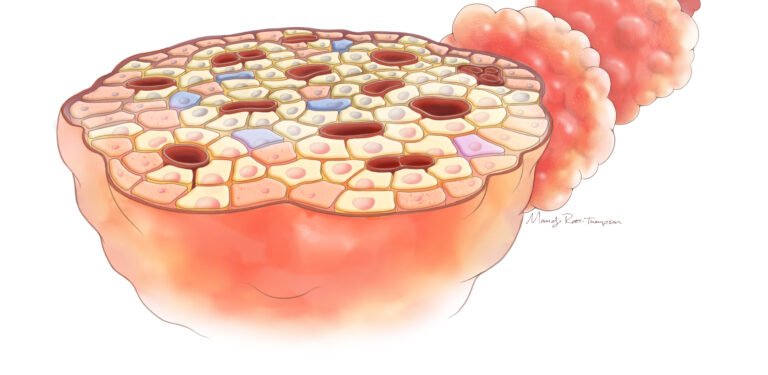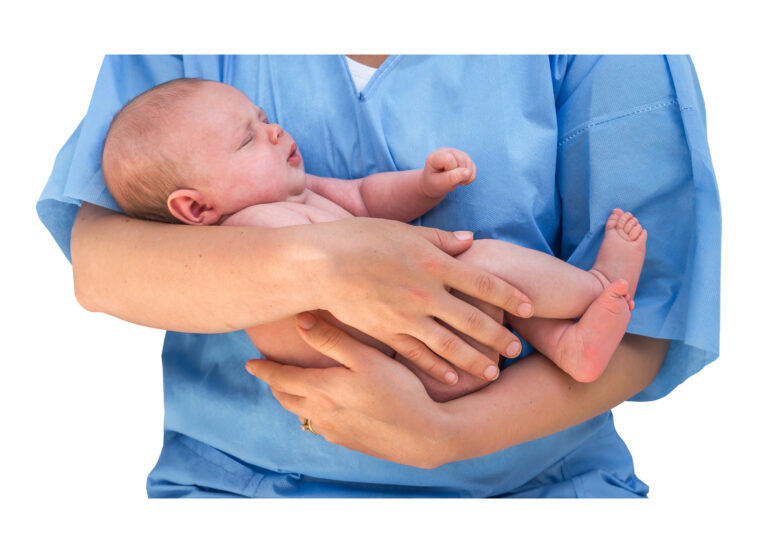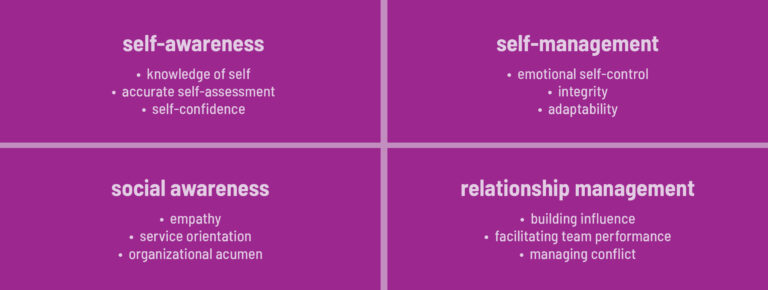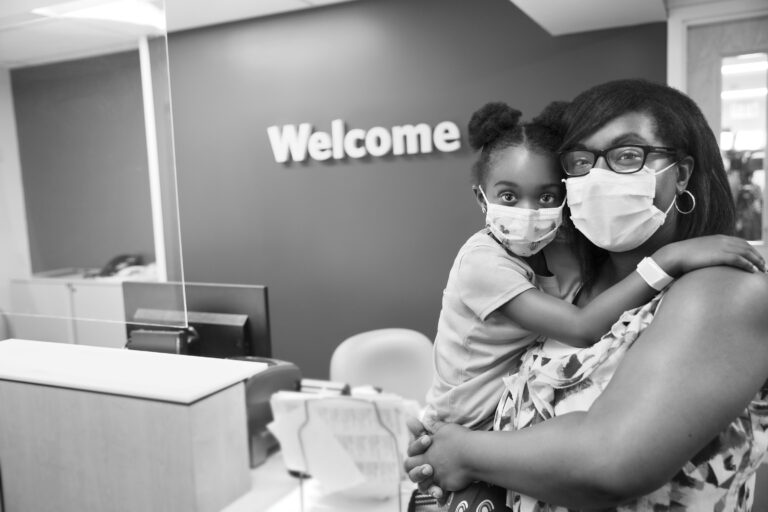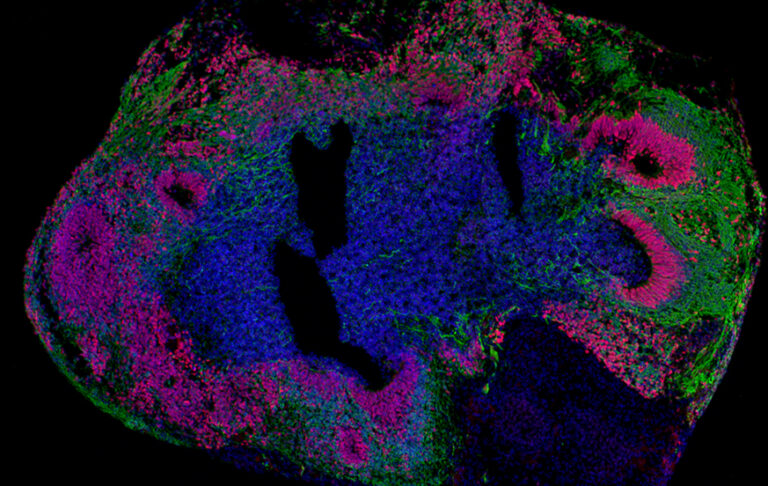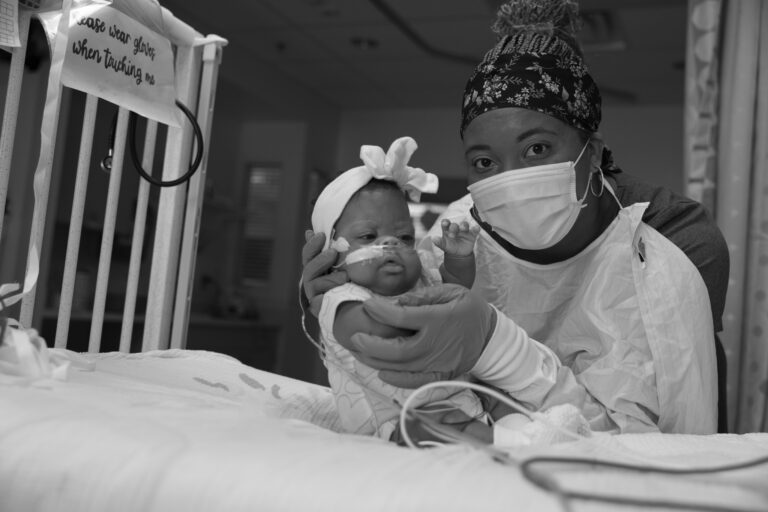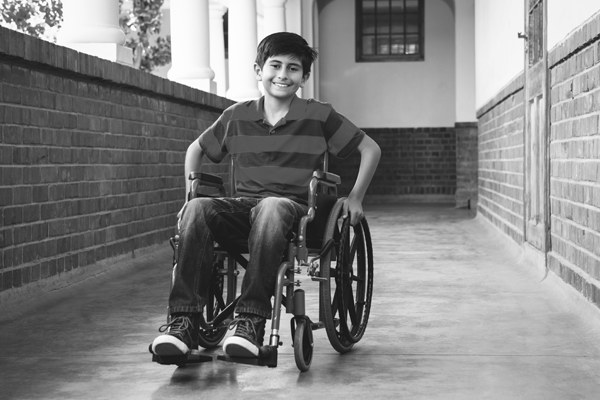Significant Weight Gain Observed in Low-Income Youth During the Early COVID-19 Pandemic
Significant Weight Gain Observed in Low-Income Youth During the Early COVID-19 Pandemic https://pediatricsnationwide.org/wp-content/themes/corpus/images/empty/thumbnail.jpg 150 150 JoAnna Pendergrass, DVM https://pediatricsnationwide.org/wp-content/uploads/2021/03/pendergrass_01.jpgLow-income youth experienced significant weight gain during the first six months of the COVID-19 pandemic, highlighting the need for simultaneous childhood obesity prevention and treatment. The COVID-19 pandemic and subsequent mitigation efforts profoundly affected children. Specifically, remote learning and cancellation of extracurricular activities…
read more


